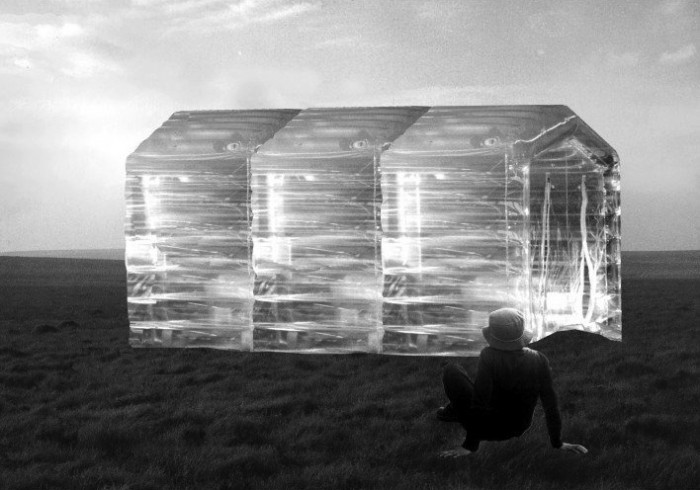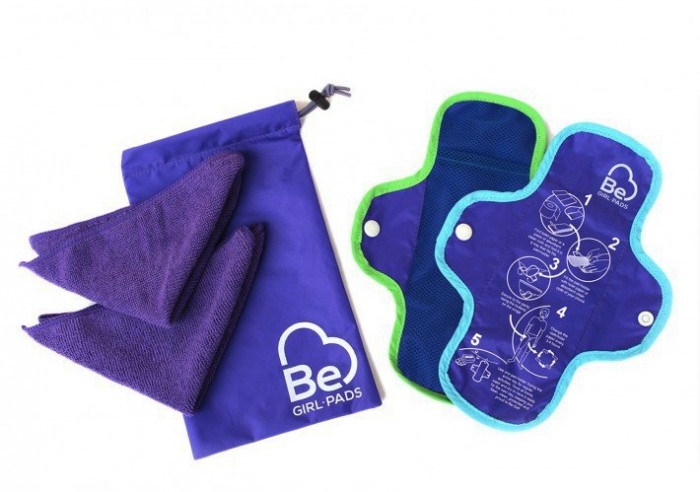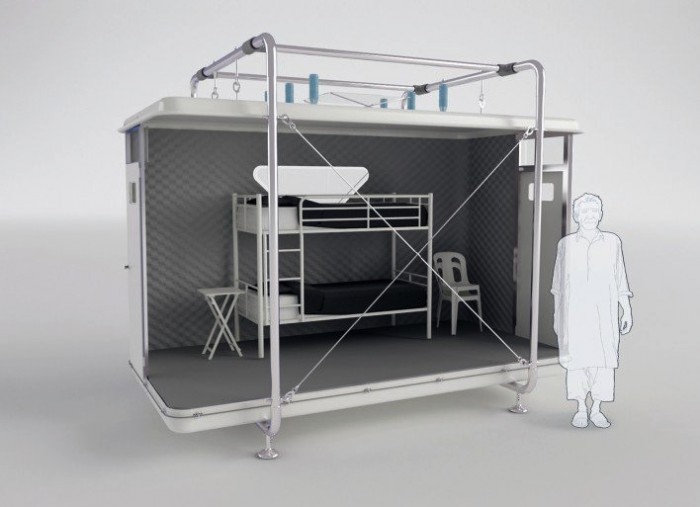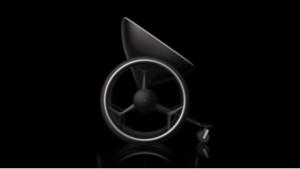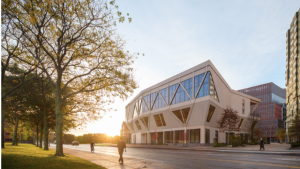From the Series
The winners of the A’ Design Awards 2014-2015 are in! There are 836 winners from 83 countries in 89 different design disciplines. Given the number of participating countries and competition categories, the A' Design Award is the Worlds' largest design accolade that brings designers, architects, artists, brands and companies from across the globe under the same roof.
The 2014-2015 A' Design Award winners will get their work physically exhibited in Ireland, the World Design Hub 2015; Italy; and Holland. The A' Design Award and Competitions' Gala-Night and Award Ceremony will be held in Lake Como, Italy, on 18 April, bringing leading figures in the design industry, press members, award-winning designers and companies together.
Coinciding with Milan Design Week 2015, the winners’ work is also on show in a 750 sqm exhibition at MOOD – Museum of Outstanding Design Ex Chiesa di San Francesco, Como, opening on 18 April.
It has been noted that this year was much harder then previous years due to increased competition by increased quality and quantity of works. Entries were carefully evaluated by an internationally influential 70-person jury panel of established academics, prominent press members, creative design professionals and entrepreneurs who devoted great care and attention to details while voting for each entry and award category.
While the 2014-2015 Edition is over, entry to the 2015-2016 competition is now open. Interested designers, artists, architects and companies can register and submit their works and get further information regarding the design competition such as evaluation criteria, key dates, list of jury members, entry forms and presentation guidelines.
The A’ Design Awards were established to create awareness for good design practices and principles. The ultimate aim of the A’ Design Award & Competition is to build strong incentives for designers, companies and brands from all countries to come up with better products, services and systems that benefit mankind.
Here we feature four of the winning designs in the social impact category.


